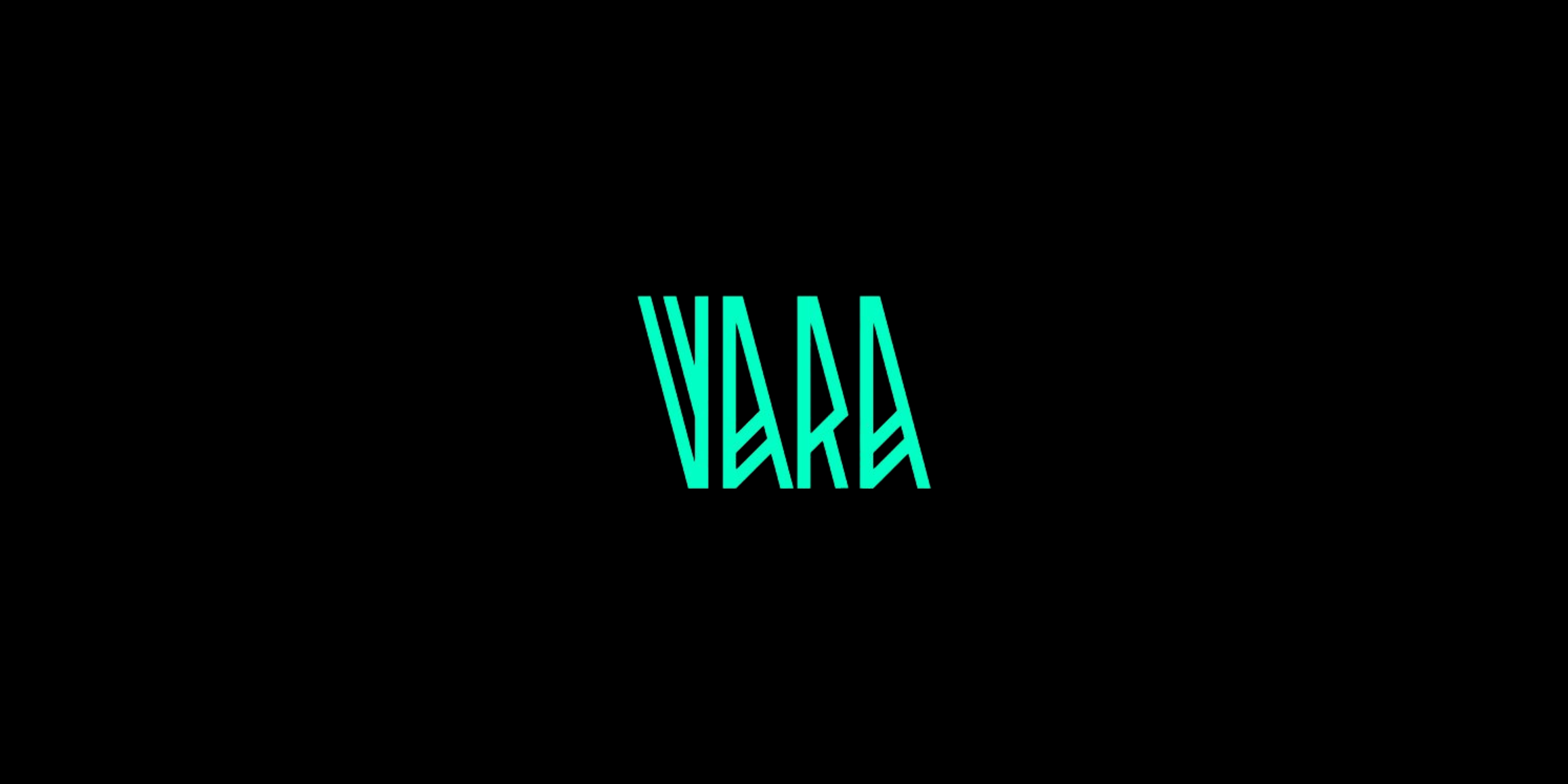Introduction
Catalyst is a groundbreaking cross-chain automated market maker (AMM) designed to facilitate atomic native asset swaps across various blockchains, such as Ethereum and Cosmos, and rollups like Optimism and Eclipse. This eliminates the reliance on bridged assets, positioning Catalyst as a permissionless liquidity engine for the evolving modular blockchain ecosystem.
Innovation
Catalyst introduces several innovative features that distinguish it in decentralized finance (DeFi). Its key innovation is the ability to perform direct atomic swaps between different blockchains without the need for bridged assets. This is achieved through the use of a single interoperability messaging layer. Additionally, the concept of the Unit of Liquidity (UoL), which acts as a transferable representation of asset value between blockchains, enables universal comprehension between Catalyst smart contracts across any chain. These innovations significantly enhance cross-chain liquidity and reduce fragmentation.
Catalyst Architecture
Catalyst‘s architecture is designed to be both robust and flexible. It allows for the deployment of any blockchain and facilitates liquidity sourcing from multiple connected ecosystems, such as Ethereum, Cosmos, and Layer 2 solutions. A single interoperability messaging layer ensures seamless communication and operation across different chains. Furthermore, Catalyst’s architecture supports permissionless pool creation, making it the first protocol to offer such functionality for cross-chain pools. This enhances its scalability and adaptability in the modular blockchain landscape.
Code Quality
The code quality of Catalyst is commendable, reflecting a well-structured and secure development approach. Hardcoded security limits, avoidance of state synchronization, intermediate lock & mint processes, and vendor lock-in are notable for enhancing security. However, testing practices have room for improvement to ensure even higher reliability and performance. Overall, Catalyst’s codebase is robust, but ongoing refinements and thorough testing will be essential for maintaining and improving quality.
Product Roadmap
Catalyst’s product roadmap focuses on expanding its cross-chain capabilities and enhancing user experience. Key milestones include:
- The continuous integration of new blockchains and rollups.
- Refining the Unit of Liquidity Mechanism.
- Improving the user interface for seamless 1-click transactions across supported chains.
The roadmap also includes plans for further development of the Generalised Relayer, a tool designed to standardize communication between bridge implementations. These developments will be crucial for Catalyst’s adoption and long-term success in the DeFi ecosystem.
Usability
Usability is a strong point for Catalyst, focusing on providing a seamless and intuitive user experience. The platform enables 1-click transactions on any supported chain, allowing users to swap native assets effortlessly. The permissionless pool creation feature further enhances usability by allowing users to create cross-chain pools without restrictions. These user-centric features make Catalyst accessible to both novice and experienced DeFi participants.
Team
The Catalyst team comprises three active developers: two senior and one intermediate developer. This small but skilled team has demonstrated significant expertise in building and maintaining the platform. However, expanding the team could further accelerate development and enhance the platform’s capabilities. The current team’s strong focus on security and innovation is evident in the high quality of the product.
Conclusion
Catalyst represents a significant advancement in cross-chain liquidity solutions. Its innovative approach to atomic swaps, the introduction of the Unit of Liquidity, and a focus on security and scalability make it a robust and versatile platform for the DeFi ecosystem. While there are areas for improvement, particularly in testing and team expansion, Catalyst’s architecture, usability, and innovation strengths position it as a promising solution for the future of modular blockchain. Its ongoing development and adherence to a clear product roadmap will be critical to its success and adoption in the rapidly evolving DeFi landscape.
| Initial Screening | |||
| Keep researching | |||
| Does this project need to use blockchain technology? | Yes | ||
| Can this project be realized? | Yes | ||
| Is there a viable use case for this project? | Yes | ||
| Is the project protected from commonly known attacks? | Yes | ||
| Are there no careless errors in the whitepaper? | Yes | ||
| Project Technology Score | |||
| Description | Scorecard | ||
| Innovation (Out Of 11) | 9 | ||
| How have similar projects performed? | Good | 2 | |
| Are there too many innovations? | Regular | 2 | |
| Percentage of crypto users that will use the project? | 6%- 10% | 3 | |
| Is the project unique? | Yes | 2 | |
| Architecture (Out of 12) | 10 | ||
| Overall feeling after reading whitepaper? | Good | 2 | |
| Resistance to possible attacks? | Good | 2 | |
| Complexity of the architecture? | Not Too complex | 2 | |
| Time taken to understand the architecture? | More than 1 hour | 0 | |
| Overall feeling about the architecture after deeper research? | Good | 4 | |
| Has the project been hacked ? | No | 0 | |
| Code Quality (out of 15) | 13 | ||
| Is the project open source? | Yes | 2 | |
| Does the project use good code like C,C++, Rust, Erlang, Ruby, etc? | Yes | 2 | |
| Could the project use better programming languages? | No | 0 | |
| Github number of lines? | More than 10K | 1 | |
| Github commits per month? | More than 10 | 2 | |
| What is the quality of the code? | Good | 2 | |
| How well is the code commented? | Outstanding | 2 | |
| Overall quality of the test coverage? | Good | 1 | |
| Overall quality of the maintainability index? | Good | 1 | |
| When Mainnet (out of 5) | 5 | ||
| When does the mainnet come out? | Mainnet ready | 5 | |
| Usability for Infrastructure Projects (out of 5) | 5 | ||
| Is it easy to use for the end customer? | Yes | 5 | |
| Team (out of 7) | 5 | ||
| Number of active developers? | 3+ | 1 | |
| Developers average Git Background? | Intermediate | 1 | |
| Developers coding style? | Outstanding | 3 | |
| Total Score (out of 55) | 47 | ||
| Percentage Score | |||
| Innovation | 16.36% | ||
| Architecture | 18.18% | ||
| Code Quality | 23.64% | ||
| Mainnet | 9.09% | ||
| Usability | 9.09% | ||
| Team | 9.09% | ||
| Total | 85.45% |





